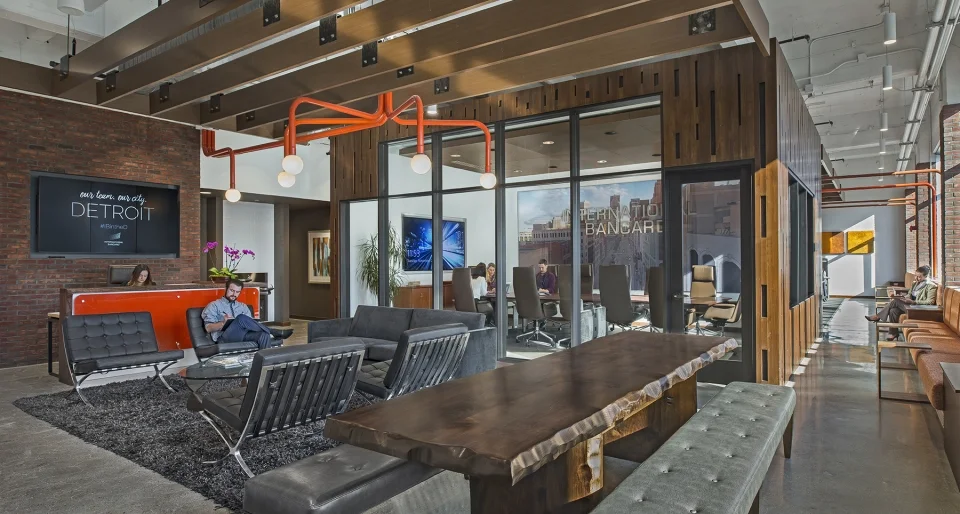My neighbor is noisy.
These overhead lights are too bright.
Too much distraction.
I can't hear myself think.
Sound familiar? Complaints like these have dogged the open office concept since it first swept through America's business landscape.
Tech companies like Google seized upon the open workplace in the mid-2000s to inspire rapid collaboration and idea-sharing. Research from Gensler found that two-thirds of employees believe they are more efficient when working closely with each other.
Offices across America raced to follow Silicon Valley's lead — partially fueled by the design trend's tendency, in many cases, to ease the budget's bottom line.
"The economic downturn forced much of the open workspace solution," said Patrick Thompson, principal of Detroit's Patrick Thompson Design. "Companies had to scale down and downsize and move more people into bigger areas. And it came as a shock to the system for people who once had cubicles or an office."
Experts say the open office backlash hasn't driven a desire to return to traditional corporate floor plans of the past, with rows of offices lining the perimeter.
Instead, designers now focus on creating flexible work experiences that offer workers a range of spaces and environments to complete their tasks.

